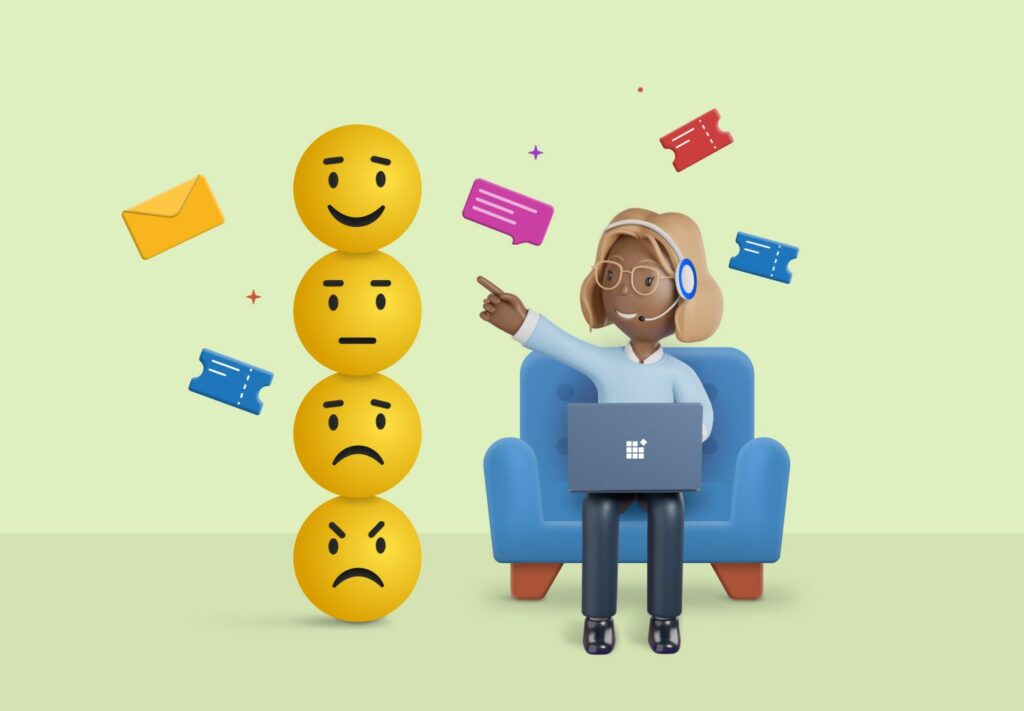How to Handle Customer Complaints

Handling customer complaints effectively is crucial for maintaining customer satisfaction, loyalty, and brand reputation. Every complaint presents an opportunity to improve products, services, and customer relationships. This comprehensive guide outlines essential steps, best practices, and strategies to help businesses handle customer complaints with professionalism, empathy, and efficiency.
Importance of Handling Customer Complaints
Handling customer complaints is vital for several reasons:
- Customer Retention: Resolving complaints promptly and satisfactorily can turn dissatisfied customers into loyal advocates.
- Brand Reputation: Effective complaint handling demonstrates commitment to customer service excellence and enhances brand reputation.
- Feedback for Improvement: Complaints provide valuable feedback on products, services, and processes, highlighting areas for improvement.
- Competitive Advantage: Superior complaint handling can differentiate businesses from competitors and attract new customers through positive word-of-mouth.
Key Steps to Handle Customer Complaints
1. Listen and Understand
- Active Listening: Listen attentively to the customer’s concerns without interruption, demonstrating empathy and understanding.
- Clarify Issues: Ask clarifying questions to gather relevant details and ensure a clear understanding of the complaint and its impact on the customer.
2. Acknowledge and Apologize
- Acknowledge the Complaint: Validate the customer’s feelings and acknowledge the inconvenience or dissatisfaction caused.
- Apologize Sincerely: Offer a genuine apology for the customer’s negative experience, regardless of fault, to show empathy and sincerity.
3. Investigate and Gather Information
- Gather Facts: Collect relevant information and investigate the complaint thoroughly to understand the root cause and circumstances.
- Review Records: Refer to transaction records, communications, or service logs to verify details and gain insights into the issue.
4. Offer Solutions and Resolve
- Provide Options: Offer solutions or options to address the customer’s complaint, such as refunds, replacements, discounts, or service recovery.
- Empower Frontline Staff: Equip frontline employees with authority and guidelines to resolve complaints promptly without escalation when possible.
5. Communicate Clearly and Transparently
- Set Expectations: Clearly explain the steps, timelines, and actions to be taken to resolve the complaint, managing customer expectations proactively.
- Be Transparent: Communicate openly about policies, limitations, and next steps, ensuring transparency in the resolution process.
6. Follow Up and Ensure Satisfaction
- Follow Up: After resolving the complaint, follow up with the customer to ensure satisfaction, address any remaining concerns, and gather feedback on the resolution process.
- Learn and Improve: Use insights from complaints to identify recurring issues, implement corrective actions, and improve products or services to prevent future occurrences.
Best Practices for Handling Customer Complaints
- Empower Employees: Train and empower frontline staff to handle complaints effectively, providing them with tools, training, and autonomy to make decisions.
- Create a Feedback Loop: Establish a formal process for capturing, documenting, and analyzing customer feedback and complaints to drive continuous improvement.
- Prioritize Resolution: Respond to complaints promptly and prioritize resolution to minimize customer frustration and demonstrate responsiveness.
- Monitor Trends: Monitor complaint trends, patterns, and metrics to identify systemic issues, trends, or opportunities for service enhancements.
- Celebrate Successes: Recognize and celebrate successful complaint resolutions and customer satisfaction achievements to motivate employees and reinforce customer-centric behaviors.
Handling Different Types of Customer Complaints
Product or Service Issues:
- Immediate Action: Address concerns promptly, offer solutions (e.g., replacements, repairs), and ensure product or service meets quality standards.
Billing or Payment Disputes:
- Clarify Charges: Investigate billing discrepancies, explain charges clearly, and resolve disputes with transparency and accuracy.
Communication or Service Delivery:
- Improve Processes: Review communication channels, service protocols, and delivery methods to enhance efficiency and customer experience.
Policy or Procedure Complaints:
- Educate Customers: Clarify policies, procedures, and terms to customers, highlighting rationale and providing alternative options if applicable.
Conclusion
Handling customer complaints effectively requires a customer-centric approach, empathy, and a commitment to resolving issues promptly and satisfactorily. By listening actively, acknowledging concerns, investigating thoroughly, offering solutions, communicating transparently, and following up to ensure satisfaction, businesses can turn challenging situations into opportunities to strengthen customer relationships, improve service delivery, and enhance overall customer satisfaction. Investing in robust complaint handling processes not only mitigates risks but also fosters customer loyalty, advocacy, and long-term business success in today’s competitive marketplace.




